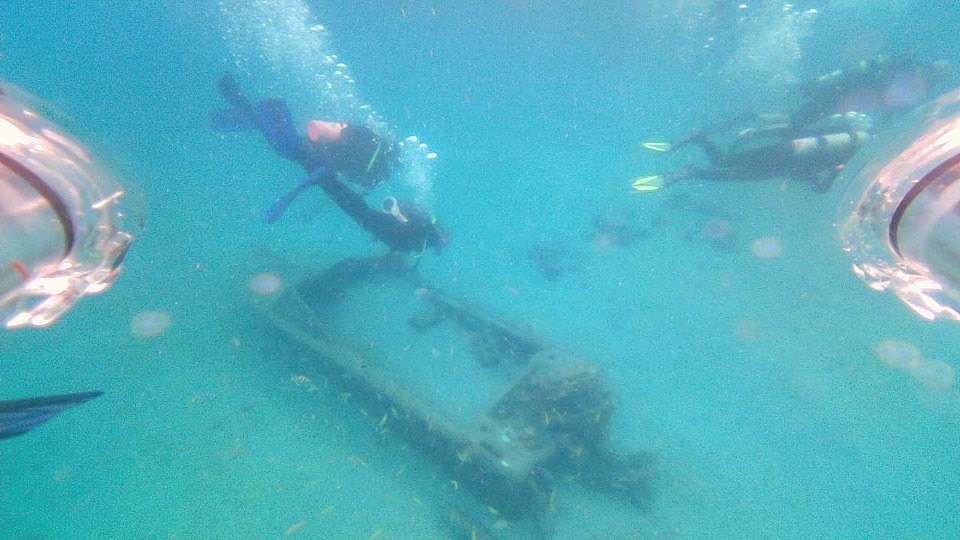
Foghorn (a call to action)
The U.S. is turning a significant portion of Micronesia into live fire and bombing ranges to train Marines. It has plans to completely take over one island for this purpose and has control of two-thirds of another island.
If people in the U.S. mainland understood the military’s plan for Micronesia they might be alarmed. But this is really happening to U.S. citizens living in America’s territories.
Flotsam (what we’re obsessed with right now)
- How a team of amateur explorers and an underwater robot laid to rest the ‘Ghost of Baker Lake’.
- Jane Lubchenco: Science in a Post-Truth World. Hat tip: @EmmaJMcIntosh.
The Levee (news from LUMCON)
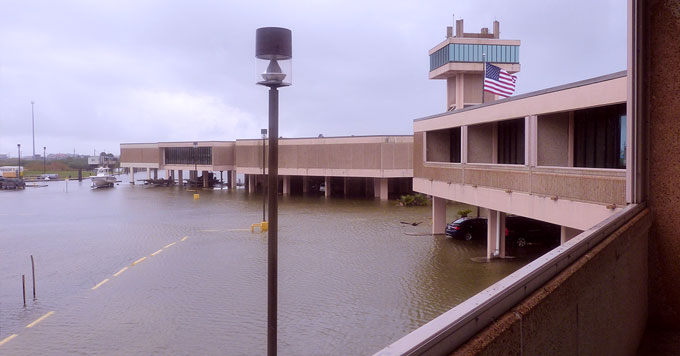

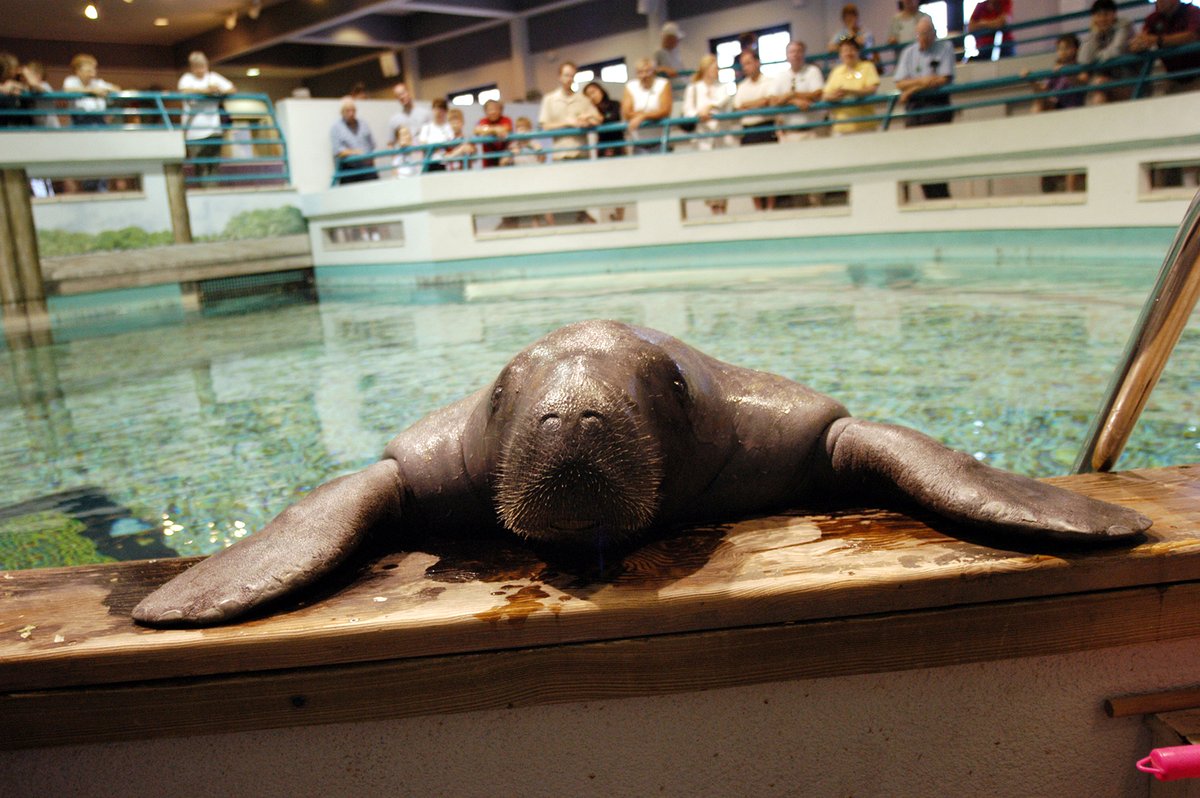
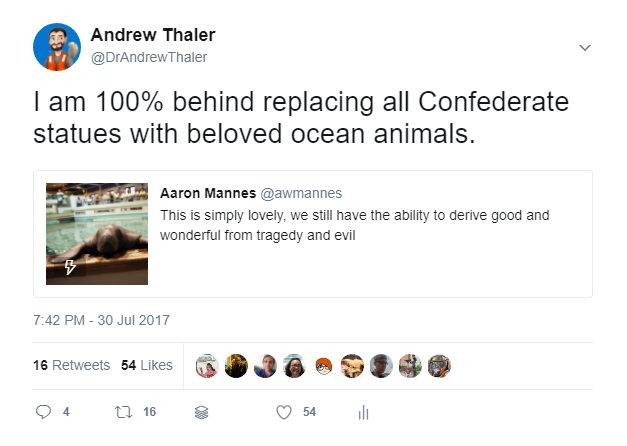
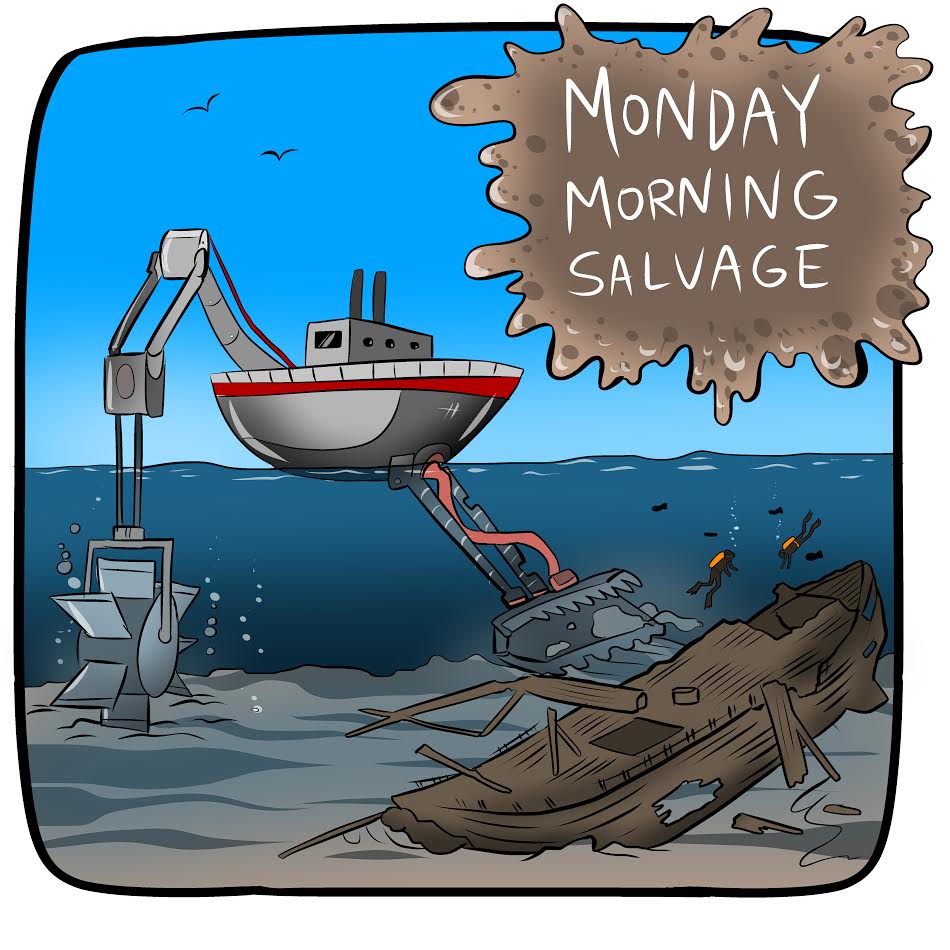
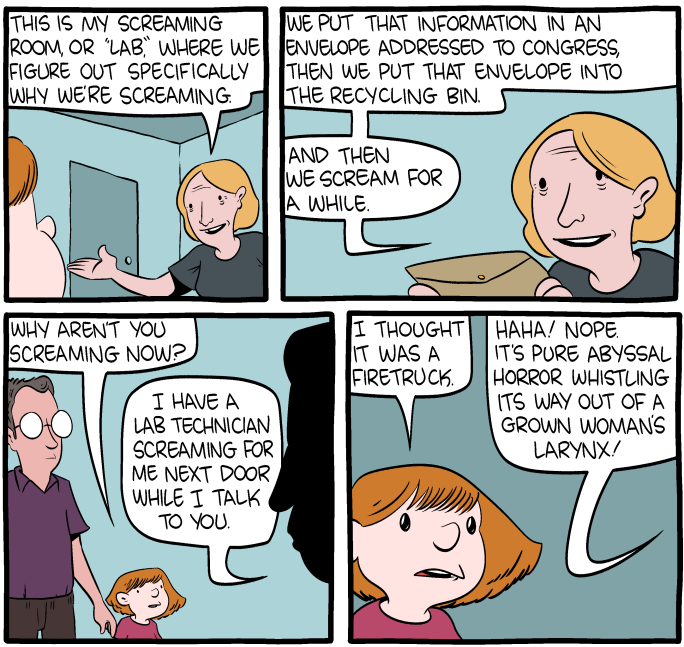
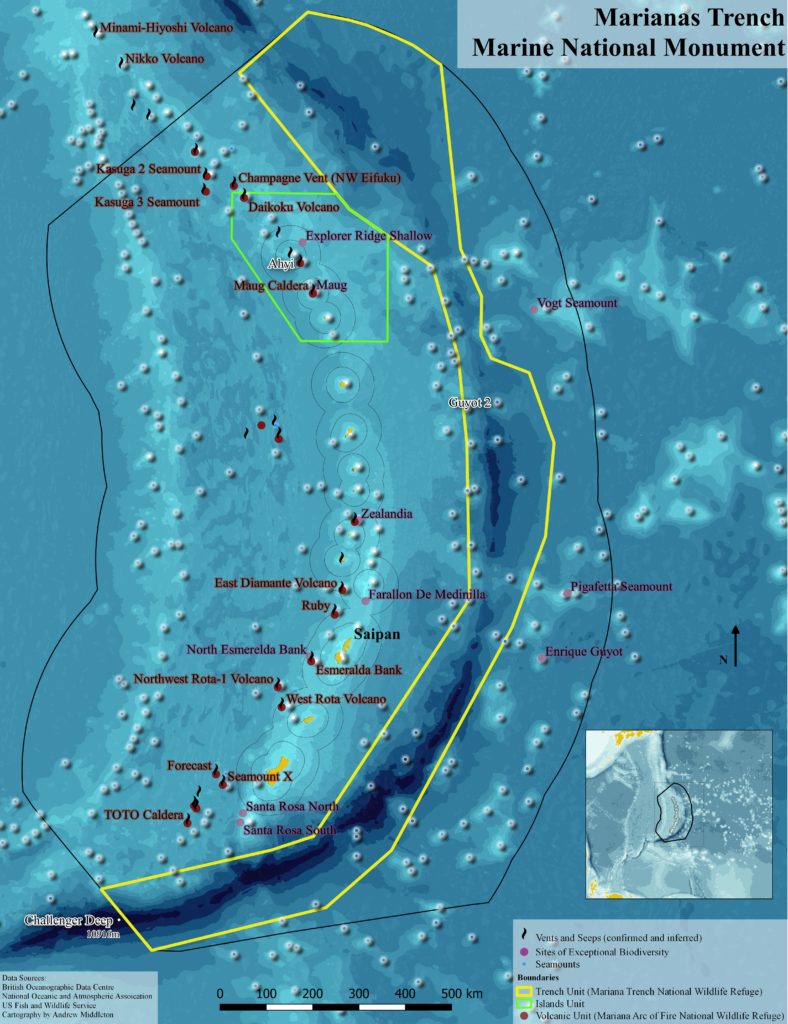



 So science is storytelling. Sometimes that story an adventure. Sometimes it’s a mystery. Sometimes it’s the dense and weighty exposition of Ulysses and sometimes it’s the absurdity of Finnegan’s Wake, but it is always a story.
So science is storytelling. Sometimes that story an adventure. Sometimes it’s a mystery. Sometimes it’s the dense and weighty exposition of Ulysses and sometimes it’s the absurdity of Finnegan’s Wake, but it is always a story.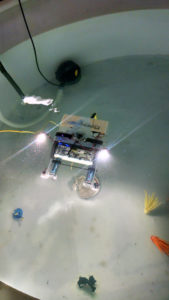 One-hundred-fifty meters hardly seems like anything at all.
One-hundred-fifty meters hardly seems like anything at all.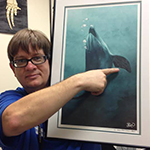 Joey Maier is a biology professor at Polk State College where he uses every possible opportunity to encourage his students to spend time in the water, play with technology, and do #CitizenScience. As an undergraduate, he did a stint as an intern for Mark Xitco and John Gory during their dolphin language experiments. He then spent the years of his M.Sc. at the University of Oklahoma thawing out and playing with bits of decaying dolphin. After discovering that computers lack that rotten-blubber smell, Joey became a UNIX sysadmin and later a CISSP security analyst.
Joey Maier is a biology professor at Polk State College where he uses every possible opportunity to encourage his students to spend time in the water, play with technology, and do #CitizenScience. As an undergraduate, he did a stint as an intern for Mark Xitco and John Gory during their dolphin language experiments. He then spent the years of his M.Sc. at the University of Oklahoma thawing out and playing with bits of decaying dolphin. After discovering that computers lack that rotten-blubber smell, Joey became a UNIX sysadmin and later a CISSP security analyst. 